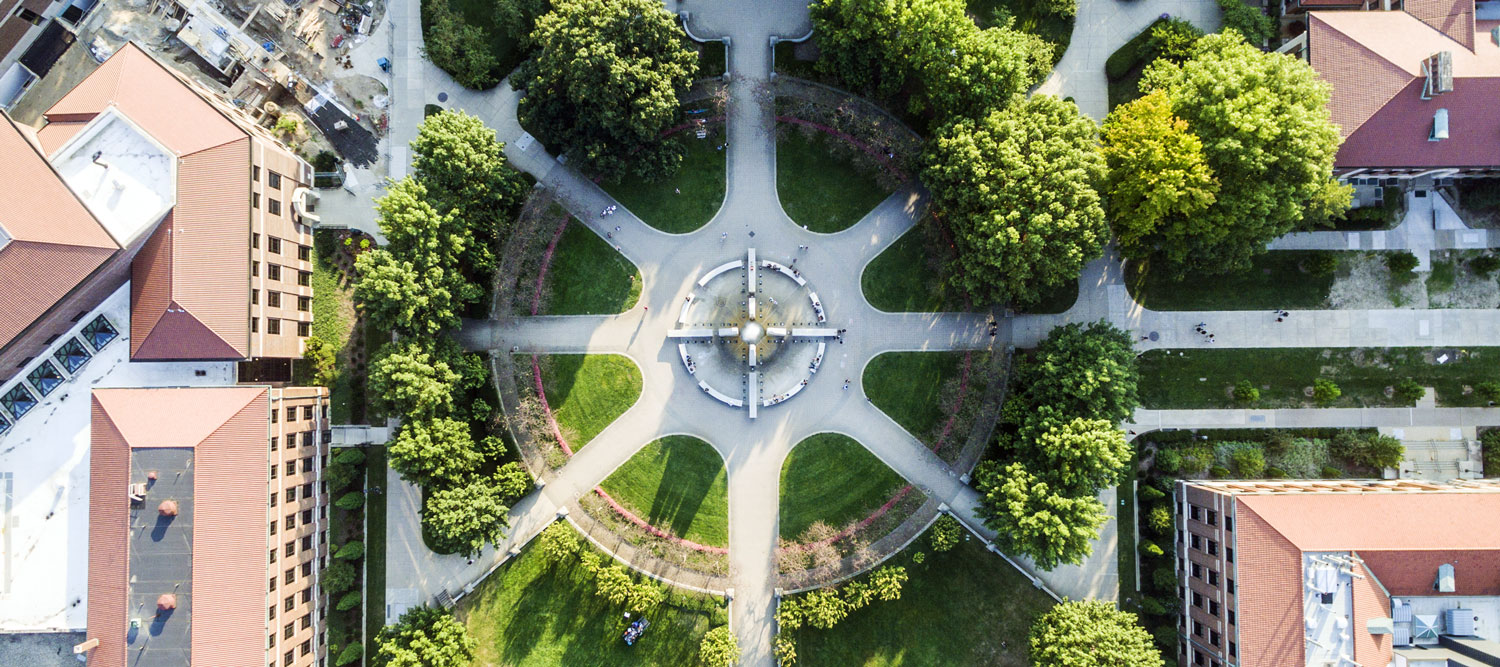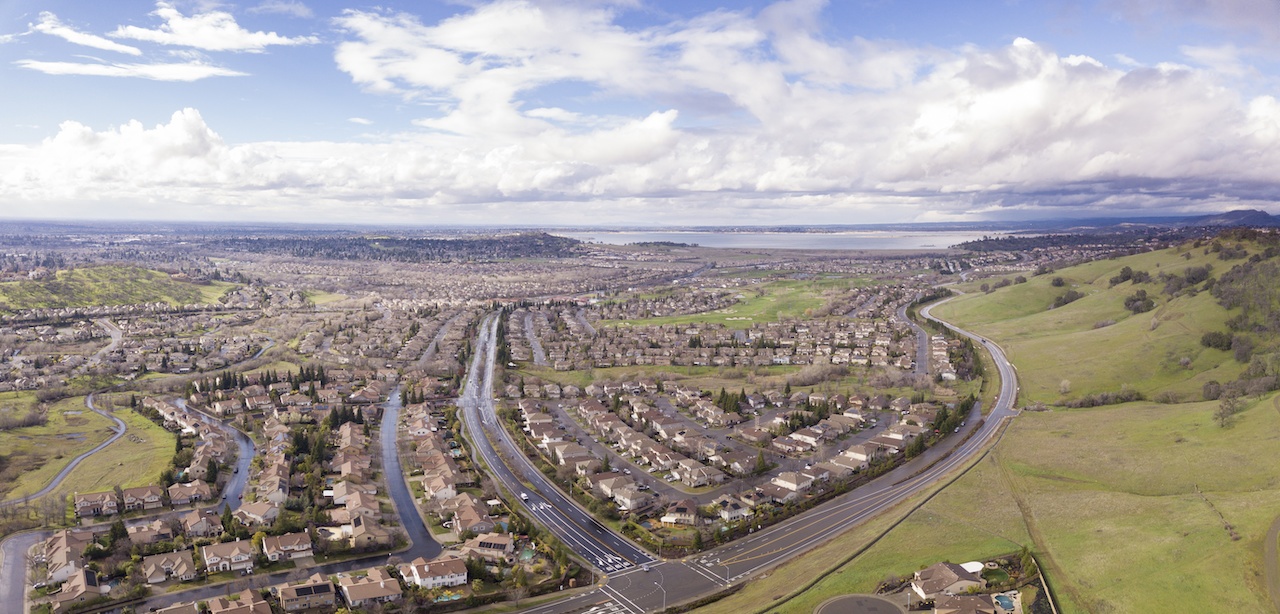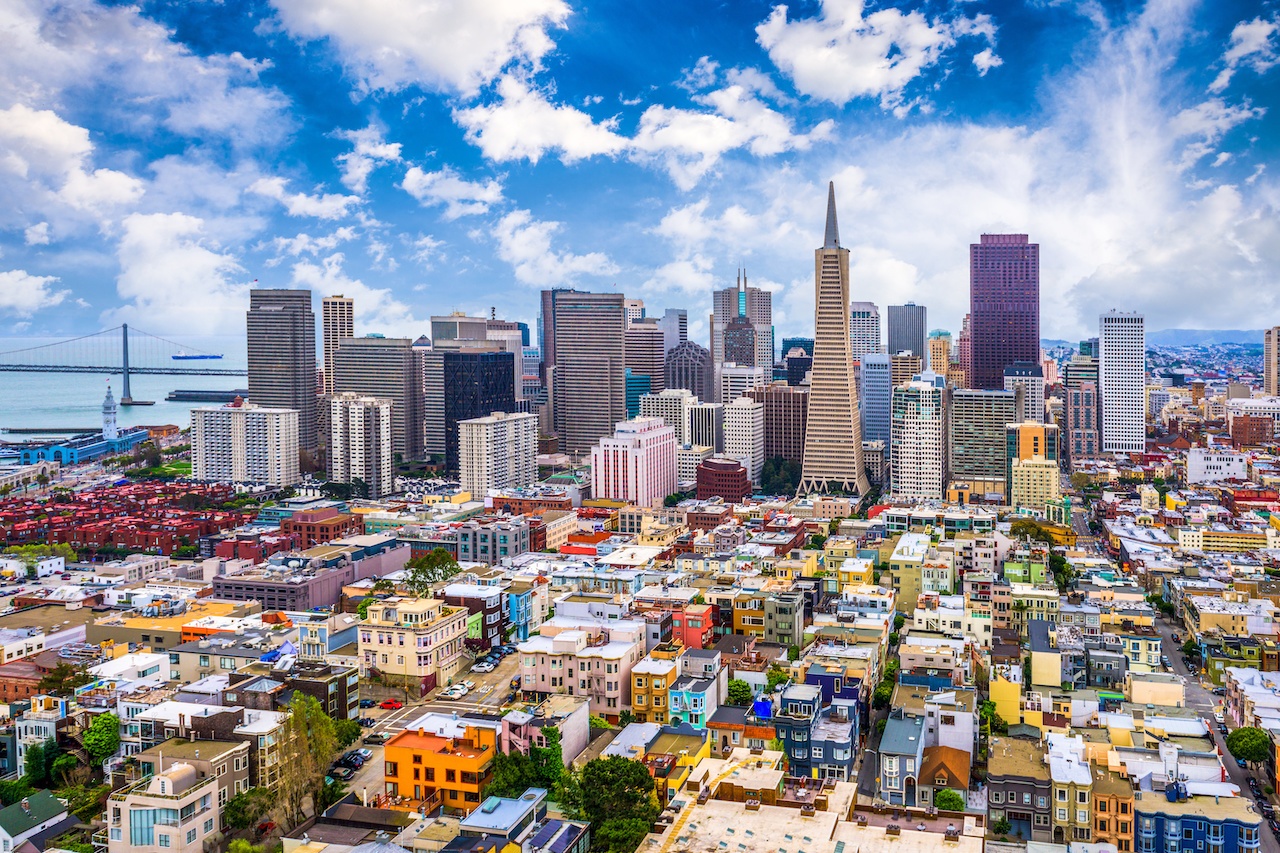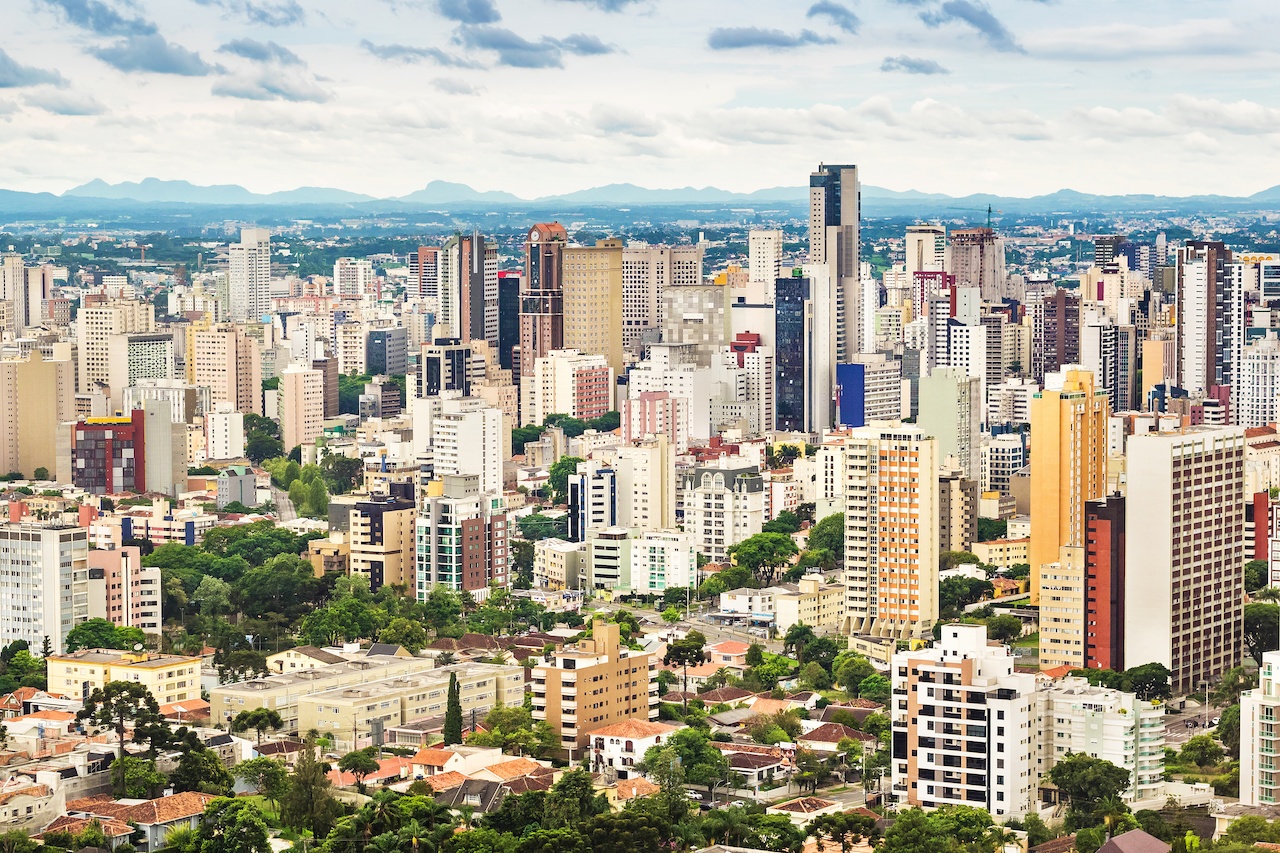Infrastructure
A broad category of content focused on infrastructure-related topics in cities.
Examples: the built environment, building management systems, smart lighting, airports, street design
Middle-Mile Networks: The Middleman of Internet Connectivity
The development of public, open-access middle mile infrastructure can expand internet networks closer to unserved and underserved communities while offering equal opportunity for ISPs to link cost effectively to last mile infrastructure. This strategy would connect more Americans to high-speed internet while also driving down prices by increasing competition among local ISPs.
In addition to potentially helping narrow the digital divide, middle mile infrastructure would also provide backup options for networks if one connection pathway fails, and it would help support regional economic development by connecting businesses.
Innovating Our Way Out of Crisis
Whether deep freezes in Texas, wildfires in California, hurricanes along the Gulf Coast, or any other calamity, our innovations today will build the reliable, resilient, equitable, and prosperous grid tomorrow. Innovation, in short, combines the dream of what’s possible with the pragmatism of what’s practical. That’s the big-idea, hard-reality approach that helped transform Texas into the world’s energy powerhouse — from oil and gas to zero-emissions wind, sun, and, soon, geothermal.
It’s time to make the production and consumption of energy faster, smarter, cleaner, more resilient, and more efficient. Business leaders, political leaders, the energy sector, and savvy citizens have the power to put investment and practices in place that support a robust energy innovation ecosystem. So, saddle up.
Stormwater Management is an Equity Issue
As extreme weather conditions become the new normal—from floods in Baton Rouge and Venice to wildfires in California, we need to clean and save stormwater for future use while protecting communities from flooding and exposure to contaminated water. Changing how we manage stormwater has the potential to preserve access to water for future generations; prevent unnecessary illnesses, injuries, and damage to communities; and increase investments in green, climate-resilient infrastructure, with a focus on communities where these kinds of investments are most needed.
Why Investing in Play Must Be Part of COVID Recovery
Infrastructure is on the tip of every mayor’s tongue. It’s no wonder, with billions in federal funding on the table for the first time in a generation and rapidly compounding infrastructure needs. American Rescue Plan dollars represent a once-in-a-lifetime opportunity to invest in communities, support resident priorities, and move the needle on racial equity all at the same time. Parks and playgrounds exist in an ideal sweet spot in each of these areas, and cities should consider making investments in these vital pieces of community infrastructure as part of their recovery and resilience strategies.
Digitally Connected Campuses Offer Enhanced Experiences
Following such a tumultuous school year where change was the only constant, perhaps there is no greater opportunity for colleges and universities to reimagine their campuses than there is today. To stay relevant in today’s increasingly competitive educational marketplace, schools must embrace the smart technologies that will enhance the collegiate experience and ensure seamless operations regardless of the next crises. By being proactive and planning now, schools can install the robust communications backbone and agile infrastructure necessary to support emerging technologies and create the connected campus of the future.
Bleutech Park: Vegas’ New Eco Entertainment Park
I caught up with Steph Stoppenhagen from Black & Veatch the other day about their work on critical infrastructure in Las Vegas. In particular, we talked about the new Bleutech Park project which touts itself as an eco-entertainment park. They are deploying new technologies and materials to integrate water, energy, mobility, housing, and climate-smart solutions as they anticipate full-time residents and park visitors. Hear more from Steph about this new $7.5B high-tech biome in the desert.
How Affordable Green Housing Enhances Cities
Housing that is affordable to low-income residents is often substandard and suffering from deferred maintenance, exposing residents to poor air quality and high energy bills. This situation can exacerbate asthma and other respiratory health issues, and siphon scarce dollars from higher value items like more nutritious food, health care, or education. Providing safe, decent, affordable, and healthy housing is one way to address historic inequities in community investment. Engaging with affordable housing and other types of community benefit projects is an important first step toward fully integrating equity into the green building process. In creating a framework for going deeper on equity, our new book, the Blueprint for Affordable Housing (Island Press 2020), starts with the Convention on Human Rights and the fundamental right to housing.
Public-Private Collaboration Imperative to Deliver Modern Connectivity
Perhaps nothing has highlighted the critical need for high-speed connectivity more than the COVID-19 pandemic, which has driven entire communities to live, learn and work online. It has also exposed a rapidly widening digital divide in this country that impacts rural, urban, and suburban communities, each with their own unique needs and challenges.
Building Resilience & Addressing Inequities in Small, Underperforming Drinking Water Systems
Unsafe drinking water is an urgent problem that disproportionately affects low‐income communities of color in California and across the U.S. In California, we’ve learned that the right environment and policies inspire stakeholders to come to agreement on prioritizing solutions that provide the best results based on each system’s unique problems. Improving water quality is more than choosing a technical solution. Community alignment and support, political willingness, and mutual agreement are all critical elements that, when combined with the right technical solutions, allow systems to thrive. In parallel with ensuring the right institutional and funding support systems are in place, we also need to choose and implement the most viable technical solutions for each system (which may in turn inform the support systems).
San Francisco Partnering with Community Organizations to Build Green Infrastructure
SFPUC’s Green Infrastructure Grant Program uses green infrastructure to combat CSOs and safeguard its watersheds. Green Stormwater Infrastructure (GSI) installations are engineered stormwater management tools that slow down, clean, and route stormwater to keep it out of a sewer system. Simultaneously, GSI provides native habitat, beautiful landscaping, groundwater recharge, and non-potable water reuse. Through this program, SFPUC encourages landowners to build GSI on their property by providing grants that cover design and construction. “Green stormwater infrastructure is one way that we can invest in our community, efficiently manage rainfall, and ease the burden on the City’s sewer system,” said SFPUC Utility Specialist Sarah Minick.
Optimization Tools to Help Transit Agencies Recover
I spoke last week with Krishna Desai from Cubic Transportation, and we discussed three big problems facing transportation, and the ways that Cubic is approaching these challenges:
1) If (or when) more workers return to traditional on-location jobs, but feel a lingering distrust of crowded spaces, people who can afford it may opt for private cars instead of using public transit for their commute. This will create a massive influx of cars on roads that were already crowded, and more financial woes for transit agencies already dealing with budget shortfalls. Krishna told me about a suite of optimization tools Cubic is deploying in places like Mexico and San Francisco to make public transit more efficient, more transparent, and, overall, more attractive to riders.
2) For the time being, though, we’re dealing with the opposite problem. How can transit agencies find ways to influence user behavior in a way that complies with social distancing and capacity requirements? How can you incentivize riders to wait for the next bus? (In a way that doesn’t alienate them forever – see #1). Cubic has deployed a loyalty/advertising program in Miami-Dade County that was originally intended to increase ridership, but is now being used to help control crowding and social distancing on transit.
3) Transportation infrastructure, in generally, was not built to accomodate 6-feet of separation between riders – or between workers. Little things like, for example, opening gates, requires workers to be closer than 6-feet to riders, and there are examples like that throughout every transit hub. Technology can help, but creating and implementing software/hardware solutions quickly and efficiently requires experience with innovation, deployment, maintenance and more. Cubic has a program called Project Rebound that shows the possibilities.
Need to Improve Your Transportation Plans? Try Inverting the Order of Planning
Advanced Urban Visioning offers a powerful tool for regions that are serious about achieving a major transformation in their sustainability and resilience. By clarifying what optimal transportation networks look like for a region, it can give planners and the public a better idea of what is possible. It inverts the traditional order of planning, ensuring that each mode can make the greatest possible contribution toward achieving future goals.
Advanced Urban Visioning doesn’t conflict with government-required planning processes; it precedes them. For example, the AUV process may identify the need for specialized infrastructure in a corridor, while the Alternatives Analysis process can now be used to determine the time-frame where such infrastructure becomes necessary given its role in a network.












